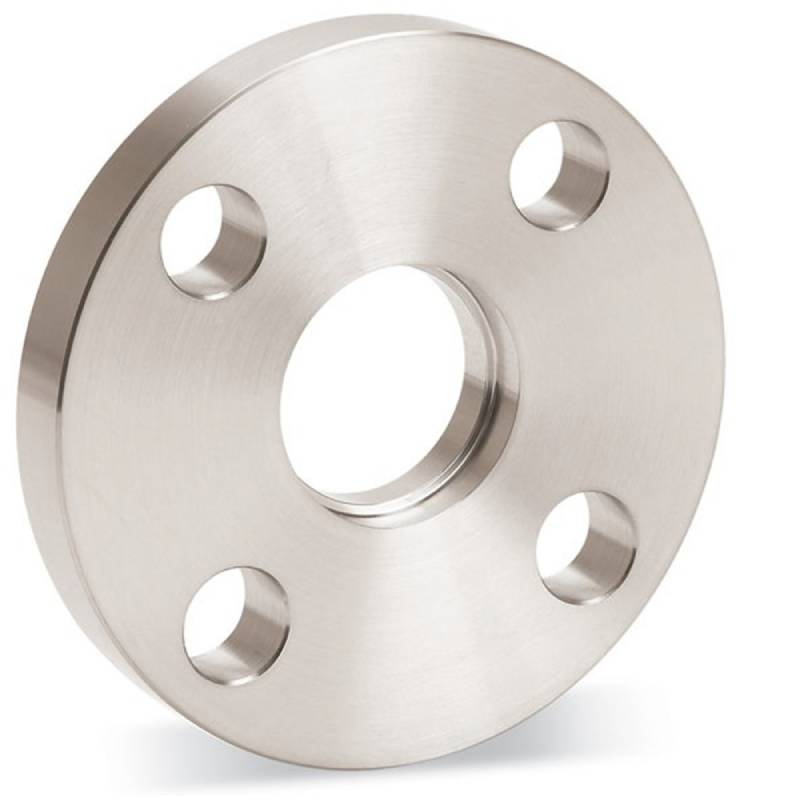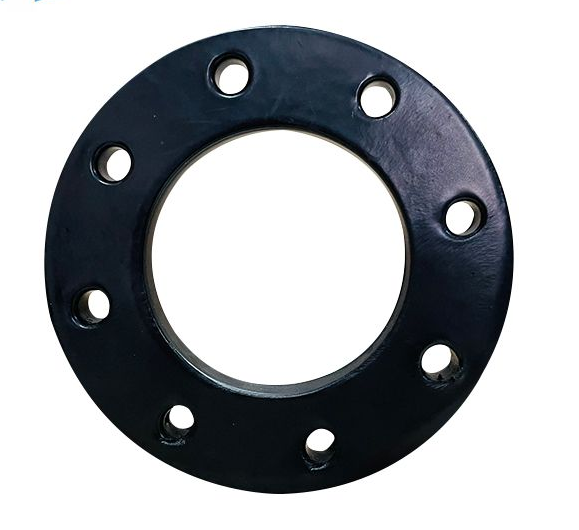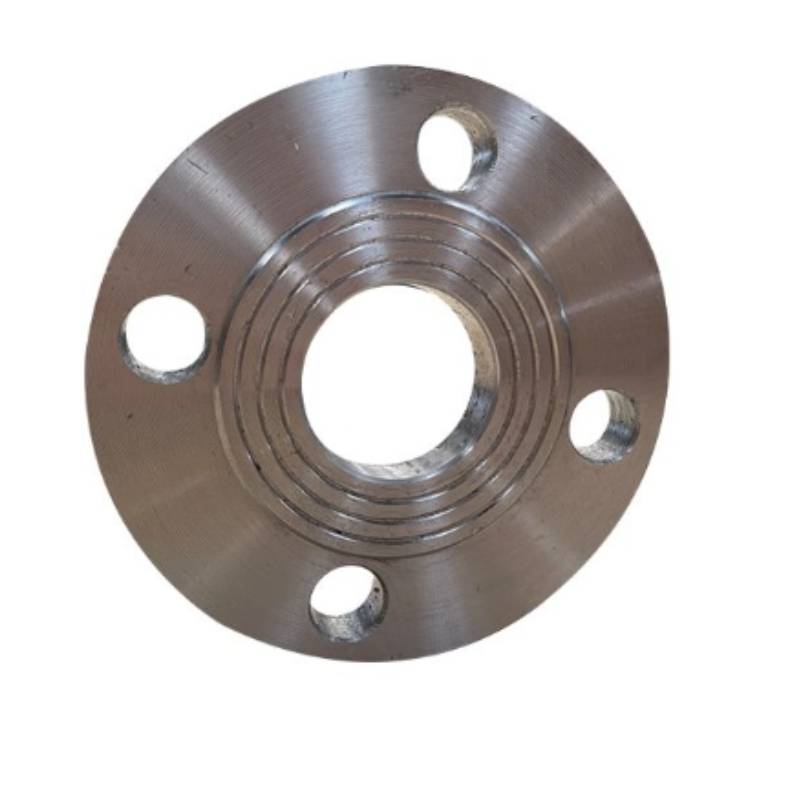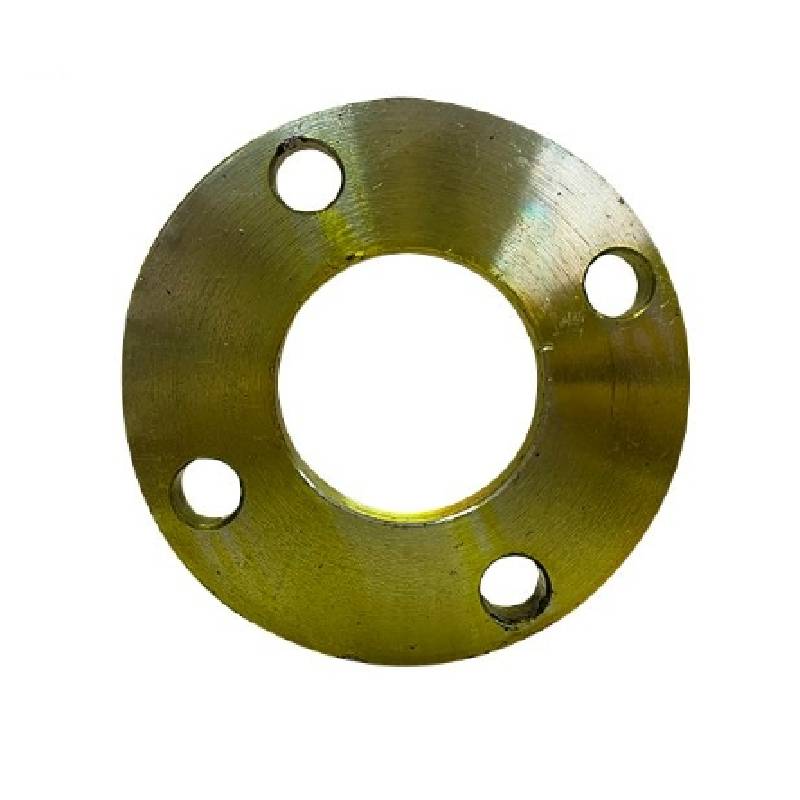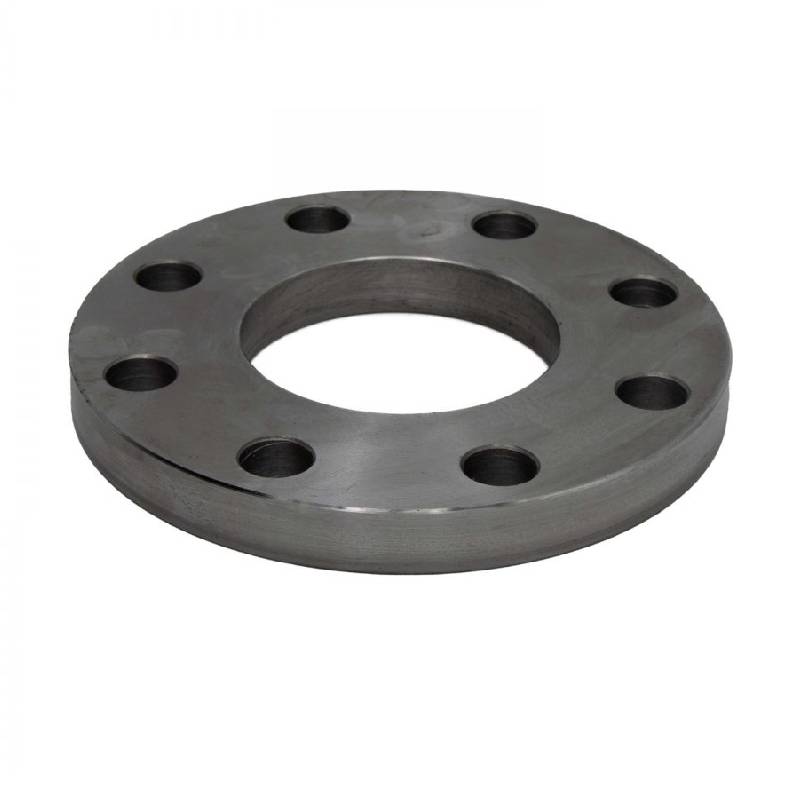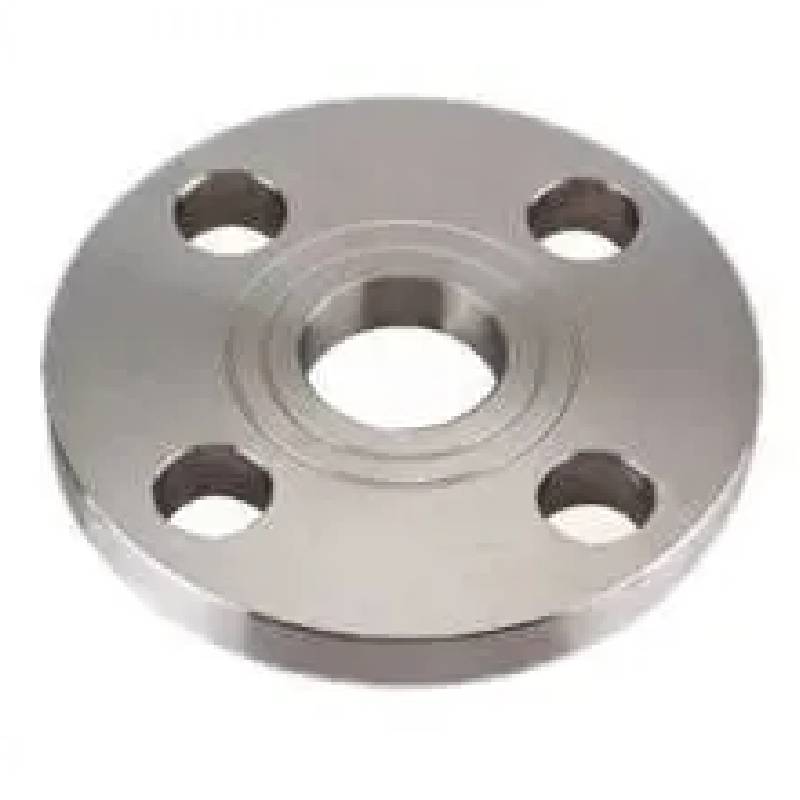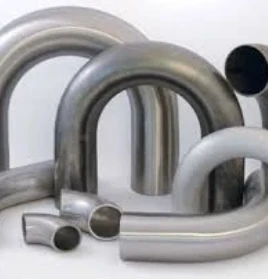-
Standardiséierter Design:
SOP (Standard Operating Procedure) Typ Flanges sinn entwéckelt fir spezifesch Industrienormen ze konforméieren, fir Kompatibilitéit an Austauschbarkeet mat anere Komponenten am Pipesystem ze garantéieren. Dëse standardiséierte Design vereinfacht d'Installatiouns- an d'Ënnerhaltsprozesser, reduzéiert d'Downtime an d'Gesamteffizienz verbessert.
-
Séchert Verbindung:
D'Haaptfunktioun vu SOP-Flanges ass eng sécher a leckbeständeg Verbindung tëscht Päifen oder Ventile ze kreéieren. Dës Flanges hunn e flaach Gesiicht mat Bolzenlächer ronderëm de Perimeter, wat et erméiglecht eng einfach Ausrichtung an d'Spannung vu Bolzen. Déi eenheetlech Drockverdeelung iwwer d'Flensoberfläche suergt fir eng enk Sigel, verhënnert Flëssegkeetsleckage an miniméiert de Risiko vum Systemausfall.
-
Villsäiteg Uwendungen:
SOP-type flanges find widespread applications across various industries, including oil and gas, petrochemical, chemical processing, water treatment, and HVAC systems. They are used for connecting pipes, valves, pumps, and other equipment, facilitating the efficient transportation of fluids or gases in industrial processes.
-
Material Optiounen:
SOP-Flanges sinn an enger Rei vu Materialien verfügbar fir verschidde Betribsbedéngungen a Medien ze passen. Allgemeng Materialien enthalen Kuelestol, Edelstol, Legierungsstahl a Messing. D'Wiel vum Material hänkt vu Faktoren of wéi Temperatur, Drock, Korrosiounsbeständegkeet a Kompatibilitéit mat der Flëssegkeet déi transportéiert gëtt.
-
Präzisioun Engineering:
SOP Flanges ënnerleien Präzisiounstechnik fir strikt Qualitéitsnormen a Leeschtungsufuerderunge gerecht ze ginn. Si ginn hiergestallt mat fortgeschrattene Veraarbechtungstechniken a Qualitéitskontrollmoossnamen fir Dimensiounsgenauegkeet, Uewerflächefinanz a mechanesch Kraaft ze garantéieren. Dës Opmierksamkeet op Detailer resultéiert zu zouverlässeg an haltbar Flangekomponenten déi haart Operatiounsbedingunge widderstoen.
-
Personnalisatioun Optiounen:
While SOP flanges adhere to standard dimensions and specifications, customization options are available to meet specific project requirements. This may include variations in flange size, pressure rating, facing type (such as flat face or raised face), and bolt-hole pattern. Customized flanges are often tailored to fit unique piping configurations and accommodate special conditions.
What Is Slip on Flange
A slip-on flange (SOP flange) is a type of flange commonly used in piping systems for connecting pipes, valves, pumps, or other equipment to form a secure and leak-proof assembly. As the name suggests, this flange "slips" over the pipe, meaning the pipe is inserted through the flange before welding. This design makes slip-on flanges easy to install and align, making them a popular choice in various industries.
Slip-on flanges are characterized by their low-profile design, which offers cost-effectiveness compared to other flange types. They are secured to the pipe by performing a fillet weld on both the inside and outside of the flange. This double-weld system provides a strong connection and prevents leakage, ensuring the integrity of the piping system.
Slip-on flanges are versatile and suitable for low-pressure and low-temperature applications, making them widely used in water pipelines, chemical processing plants, and HVAC systems. Their availability in different materials, such as stainless steel, carbon steel, and alloys, ensures compatibility with diverse operating environments.
One of the significant advantages of slip-on flanges is their flexibility in fitting pipes of slightly varying sizes, reducing the need for precise cutting or machining. However, they are not as robust as weld neck flanges, which are preferred for high-pressure and high-temperature systems.
In summary, a slip-on flange is an efficient, cost-effective, and widely used solution for secure piping connections, ideal for a broad range of industrial applications.
Slip on Flange Use
Slip-on flanges (SOP flanges) are widely used in various industries for their practicality and versatility in connecting piping systems. Their design allows the pipe to slip through the flange bore, which is then welded on both the inside and outside edges, creating a reliable and leak-proof connection. This makes slip-on flanges particularly suitable for applications where quick and straightforward installation is required.
Slip-on flanges are predominantly used in systems operating under low pressure and temperature conditions. They are common in water pipelines, chemical processing, oil and gas systems, and HVAC installations. Their low-profile design and cost-effectiveness make them an economical choice for projects where extreme durability is not the primary concern. These flanges are also ideal for connecting pipes of slightly varying dimensions, offering flexibility during installation.
In water treatment plants, slip-on flanges are used to connect pipes carrying treated or raw water. In chemical and petrochemical industries, they are applied in transferring non-corrosive fluids, thanks to their availability in corrosion-resistant materials like stainless steel. Additionally, slip-on flanges find use in ventilation systems and HVAC applications, where they connect ducting or low-pressure pipes.
While their ease of use is a significant advantage, slip-on flanges are not suited for high-pressure or high-temperature environments due to their lower strength compared to weld neck flanges. Despite this limitation, slip-on flanges remain a reliable and economical solution for general-purpose piping systems, providing efficiency and functionality across numerous industrial applications.
What Is the Difference Between Sop and Soh Flanges?
1. Structural Differences
SOP flanges are flat, plate-like structures with a bore that allows the pipe to slip through. They lack any raised or protruding hub, making them simpler in design and lighter in weight. Their flat profile makes them cost-effective and easier to manufacture.
SOH flanges, on the other hand, have an extended hub attached to the plate. This hub tapers down towards the pipe, providing additional reinforcement and a gradual transition of stress between the pipe and the flange. The hub also helps align the flange with the pipe more precisely.
2. Strength and Durability
SOP flanges are suitable for low-pressure and low-temperature applications. Their flat design makes them less robust, limiting their use in demanding conditions.
SOH flanges, with their reinforced hub, are better suited for moderate-pressure and moderate-temperature environments. The hub provides enhanced mechanical strength, reducing the risk of failure under load.
3. Installation and Alignment
SOP flanges are easier to install due to their simpler design, but they may require more precise alignment during welding.
SOH flanges are easier to align during installation because of the guiding hub, making them advantageous in systems requiring precise assembly.
4. Applications
SOP Flanges: Commonly used in applications like water pipelines, chemical transfer systems, and general-purpose piping where high durability is not a critical requirement. They are widely preferred for their cost-effectiveness.
SOH Flanges: Frequently utilized in more demanding applications, such as those involving moderate pressures or mechanical stress. They are often found in oil and gas systems, chemical processing plants, and industrial equipment where extra strength and reliability are necessary.
5. Cost Considerations
SOP flanges are generally less expensive due to their simpler construction and lighter weight.
SOH flanges are costlier because of the added material in the hub and the additional manufacturing complexity.
SOP Typ Flanges spillen eng kritesch Roll a Päifsystemer, déi eng standardiséiert an zouverlässeg Verbindungsinterface fir Päifen, Ventile an Ausrüstung ubidden. Hir sécher Versiegelungsfäegkeeten, Villsäitegkeet a Präzisiounstechnik maachen se onverzichtbar a verschiddenen industriellen Uwendungen, wou effizient Flësseghandhabung wichteg ass. Mat SOP Flanges kënnen d'Ingenieuren an d'Betreiber d'Integritéit an d'Performance vun hire Pipesystemer garantéieren, fir sécher an effizient Operatiounen iwwer d'Industrie bäidroen.
